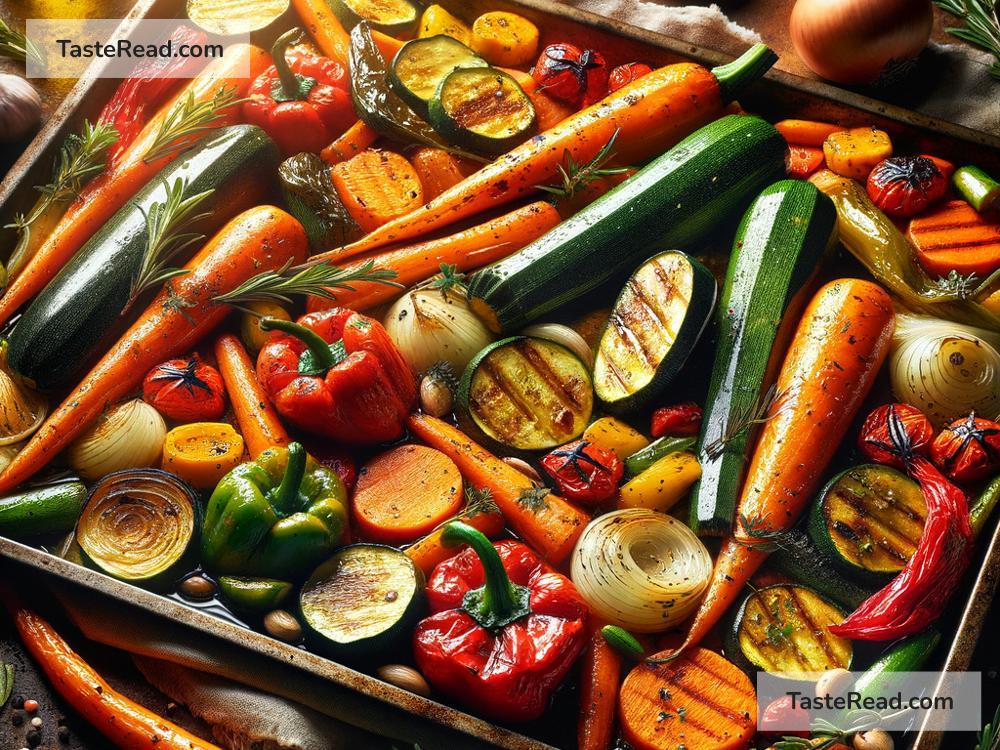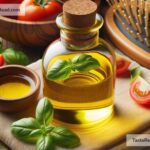The Science Behind Vegetable Roasting and Flavor Enhancement
Cooking is like magic. With the right techniques, ordinary ingredients can transform into extraordinary dishes. One of the simplest and most delicious ways to cook vegetables is by roasting them. But why does roasting bring out such incredible flavors? Is there a scientific explanation? Absolutely! Let’s explore the science behind vegetable roasting and why it enhances flavor in such a magical way.
Why Roast Vegetables?
Steamed, boiled, raw—vegetables come in many forms. But when you roast them, something special happens. First, they develop intense flavors that didn’t seem to exist in their raw state. Second, their texture changes, becoming tender on the inside and crispy on the outside. Roasting is one of the easiest ways to turn everyday vegetables into a gourmet side dish.
Science explains that roasting activates a variety of processes that enhance flavor, appearance, and texture. Two of the stars of the show are caramelization and the Maillard reaction. Don’t worry—these terms sound complicated, but they’re really easy to understand.
The Role of Caramelization
Caramelization is what happens when natural sugars in vegetables break down and turn into something entirely new. Vegetables like carrots, onions, sweet potatoes, and butternut squash are packed with natural sugars. When exposed to high heat (around 300°F or higher), these sugars start to brown and develop rich, sweet, and slightly nutty flavors. This is why roasted carrots taste sweeter than raw or boiled carrots—they’ve gone through caramelization.
Think of caramelization as nature’s way of making food more delicious. The longer vegetables roast, the deeper and more complex their flavors become. That’s also why they tend to turn golden brown or dark brown during roasting. The browning signals that caramelization is happening and flavor is being created.
The Magic of the Maillard Reaction
While caramelization works with sugars, the Maillard reaction happens between proteins and sugars in the food. This process isn’t just limited to roasting vegetables—it’s also responsible for the crust on a grilled steak, the golden surface of baked bread, and the aromatic coffee aroma from freshly roasted beans.
When vegetables are roasted, proteins and sugars react under high heat. This reaction creates hundreds of new compounds, many of which contribute to flavors and aromas. These compounds give roasted vegetables their savory, nutty, and toasty notes. Though the Maillard reaction occurs in all vegetables, it’s particularly noticeable in root vegetables like potatoes and parsnips, as well as cruciferous vegetables like broccoli and cauliflower.
The Maillard reaction is also why vegetables develop crispy edges during roasting. Crispy bits = tons of flavor, and who can resist that?
The Importance of Heat and Fat
Both caramelization and the Maillard reaction require high heat to get started. Typically, roasting happens at temperatures ranging from 375°F to 425°F. If the oven isn’t hot enough, your vegetables will steam rather than roast, and you’ll miss out on those delicious browned flavors.
Adding a little fat, such as olive oil, also plays a big role in enhancing flavor during the roasting process. Here’s why:
- Even Cooking: Oil helps distribute heat evenly over the surface of the vegetables, ensuring they brown nicely.
- Flavor Infusion: Fat carries and enhances flavor, whether it’s olive oil, butter, or even a drizzle of sesame oil.
- Crispiness: Fat allows the edges of vegetables to crisp up beautifully.
Pro tip: Don’t overcrowd your baking sheet! When vegetables are packed too tightly, they release steam, which prevents browning. Aim for a single layer with space between pieces for the best results.
How Roasting Alters Texture
Roasting doesn’t just make vegetables taste better—it makes them feel better, too. Raw vegetables can be crunchy, tough, or even fibrous. Roasting softens the insides, making them tender and creamy. Meanwhile, the high heat removes moisture from the surface, giving the outside a crispy texture. This combination—soft inside, crispy outside—is what makes roasted vegetables so irresistible.
Enhancing Flavor With Seasonings
While roasting unlocks natural flavors, seasonings can take things to the next level. A sprinkle of salt brings balance and highlights the sweetness. Fresh ground pepper adds a touch of spice. Garlic, herbs like thyme or rosemary, and spices like smoked paprika or cumin give depth and complexity. Experimenting with different seasonings can make roasted vegetables completely unique every time you cook them.
Acidic toppings like lemon juice or balsamic vinegar also complement roasted vegetables wonderfully. Acids brighten the rich, roasted flavors and prevent them from feeling heavy. A final drizzle of honey or maple syrup can amplify caramelization even more.
Why Roasted Vegetables Taste Better
Roasting vegetables is all about unlocking hidden flavors and textures. Caramelization brings out their natural sweetness and nutty notes, while the Maillard reaction creates savory, crispy goodness. High heat and a touch of oil transform raw, everyday veggies into a dish that feels gourmet.
The next time you’re cooking vegetables, try roasting them. Armed with this knowledge of the science at play, you’ll know exactly why they taste so amazing. In truth, roasting isn’t just a cooking technique—it’s a flavor revolution.
So, grab those carrots, potatoes, and broccoli, preheat your oven, and let the magic begin!
Roasting is science in action, proving that even the humblest ingredients can shine. Simple, flavorful, and satisfying—what’s not to love?


